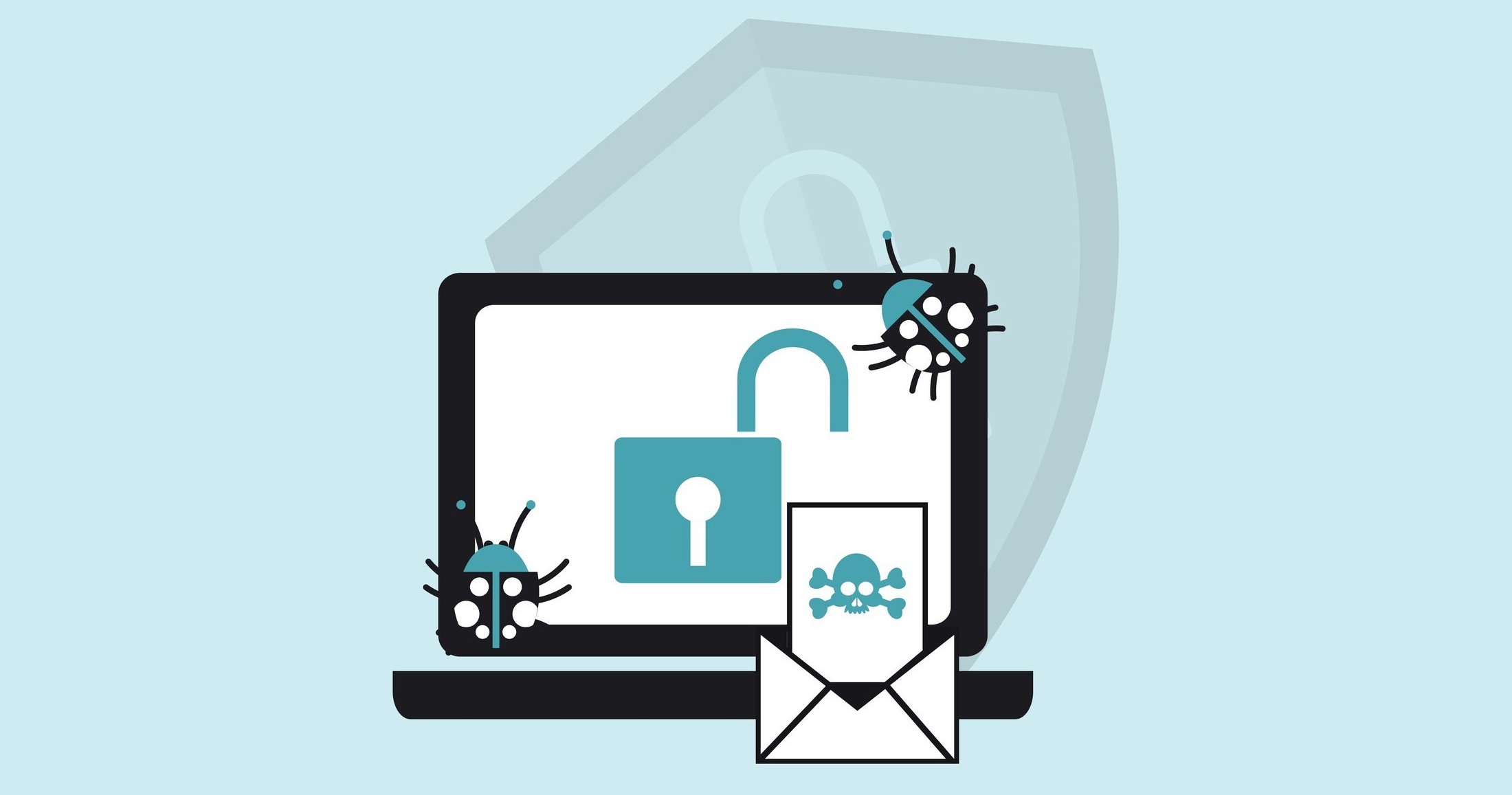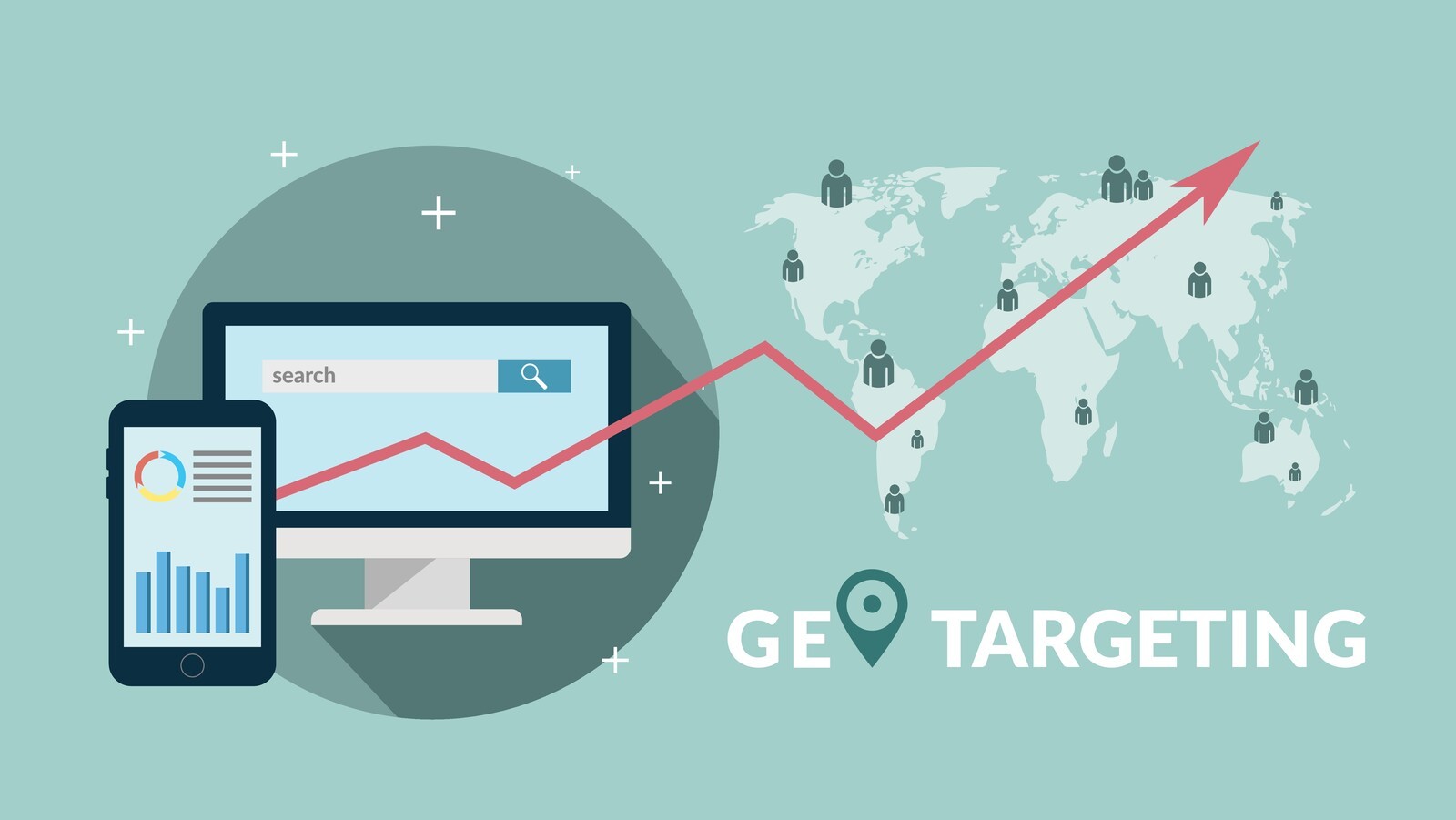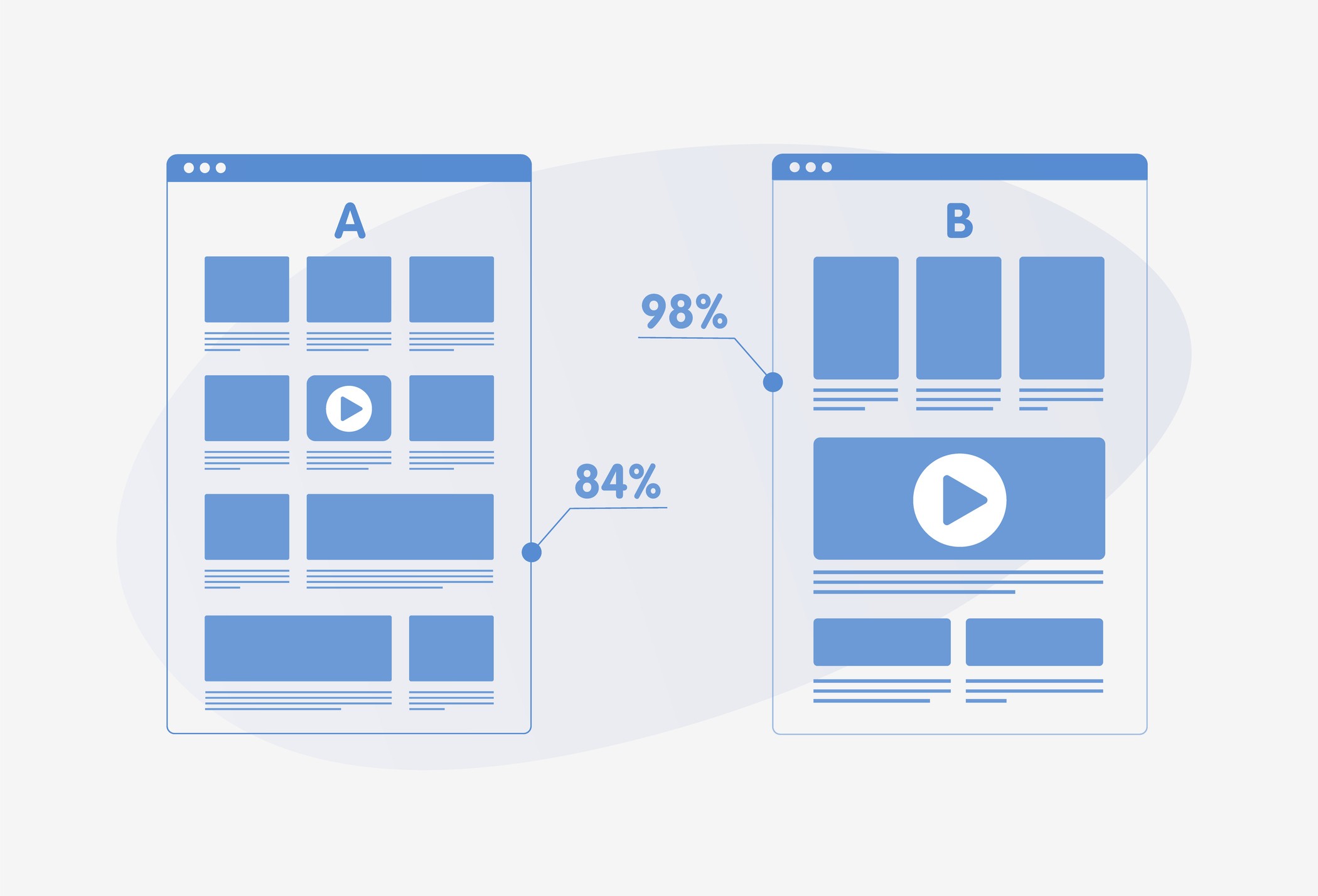As the world's leading Content Management System, WordPress is the backbone of a significant portion of websites across the internet. Its versatile features and user-friendly interface make it a preferred choice for both individual bloggers and large corporations. With such extensive usage comes the responsibility of maintaining the website's security.
Asecurity breach can have catastrophic consequences. Hence, performing a regular security audit for WordPress sites is not just a recommendation but an essential practice. This process ensures that the WordPress site is free from vulnerabilities and continues to provide a safe user experience.
Recognizing the Signs of Security Issues in WordPress
Understanding and recognizing the early signs of security issues is the first step in maintaining a secure WordPress website. Here's what you need to look out for:
- Unusual Admin Activity
Unusual admin activity can often be a red flag for potential security risks. This may include unexpected logins from unknown locations or new admin accounts created without your consent. Monitoring admin activities and setting up alerts for suspicious behaviour can provide early warnings, allowing for immediate action. - Changes in Files and the Database
Unauthorized changes in your website's files or database are clear indicators of potential security breaches. Regular checks for alterations in core files, themes, and plugins can uncover hidden malware or malicious code injections. Employing file integrity monitoring tools can help you detect these changes early and take appropriate measures to remedy them. - Unexplained Website Behaviour
Sudden and unexplained changes in your website's behaviour, such as random redirects, unwanted pop-ups, or an unexpected decrease in performance, may signal underlying security issues. These anomalies can be caused by malware infections or hacking attempts. Regularly scanning your website for malware and keeping all components updated can minimize these risks.
Recognizing these signs is vital, but it's just the beginning. Conducting a comprehensive security audit involves a detailed checklist and an understanding of various tools and best practices. In the following sections, we will delve into the specific steps and strategies you can employ to perform a thorough Security Audit for your WordPress site.
WordPress Security Audit Checklist
Securing a WordPress site requires a multifaceted approach, taking into account various components that contribute to its overall protection. A systematic security audit is an essential step in this process, designed to identify potential vulnerabilities and ensure the optimal functioning of all security measures in place.
This isn't just a one-time task but rather an ongoing responsibility that helps maintain the safety and integrity of your website.
Regular Monitoring
- Monitoring Server Logs
Server logs provide valuable insights into what's happening behind the scenes on your website. By analyzing server logs, you can detect unauthorized access, hacking attempts, and other suspicious activities. Regular monitoring is vital to catch issues early and respond effectively. - Tracking User Activities
Understanding who is accessing your site and what they are doing is essential for security. Keep an eye on user logins, especially admin logins, and set up alerts for unusual activities. This tracking helps to spot potential threats before they escalate. - Ensuring Updates and Patches
WordPress, along with its themes and plugins, frequently releases updates and security patches. Regularly updating your WordPress core, themes, and plugins ensures that all known vulnerabilities are fixed, maintaining a strong security posture.
Security Testing
- Vulnerability Scanning
Automated vulnerability scanning tools can identify weaknesses in your website's security. Regular scans can detect problems like outdated plugins, weak passwords, and exposed sensitive information, allowing you to take corrective action. - Penetration Testing
Penetration testing involves simulating cyberattacks on your website to identify vulnerabilities. This hands-on approach is essential to understand how an attacker might exploit weaknesses in your site and provides a realistic view of your site's security.
Compliance and Best Practices
- WordPress Core Integrity Checks
Regularly checking the integrity of the WordPress core files ensures that no unauthorized changes or injections have occurred. Several plugins and tools can automate this process. - Secure Configuration Management
Properly configuring your WordPress settings, including file permissions, user roles, and security plugins, forms the basis of a secure WordPress site. Regular reviews and adjustments as needed maintain this security foundation. - Implementing Strong Authentication Practices
Implementing measures like strong passwords, two-factor authentication, and limited login attempts enhances the security of user accounts, particularly administrative ones.
Each of these components plays a vital role in your WordPress Security Audit, working together to provide a comprehensive overview of your site's security. Regularly following this checklist ensures that your site remains secure, resilient to attacks, and compliant with the best security practices in the industry.
Common Tools for WordPress Security Audits
When conducting a security audit, having the right tools at your disposal can significantly streamline the process. In the context of WordPress, there exists an array of tools specifically tailored to fortify your website's security. These tools use the latest technology and knowledge of potential threats to detect vulnerabilities, monitor suspicious activity, and provide actionable insights to improve your site's security measures.
The following are some of the most trusted and commonly used tools in the realm of WordPress security auditing. Each of these tools offers unique capabilities, and they have been extensively tested and used by the WordPress community worldwide.
- Sucuri
Sucuri is a well-known security plugin for WordPress that offers website firewall, malware scanning, and security hardening features. It can detect and remove malware, monitor file integrity, and protect against common threats like brute force attacks and SQL injections. Its alerting system helps you stay informed of any potential threats. - Wordfence
Wordfence is another popular WordPress security plugin providing comprehensive protection. It includes features such as real-time monitoring, firewall protection, and malware scanning. With customizable alerts and robust blocking mechanisms, Wordfence can keep your WordPress site safe from various cyber threats. - iThemes Security
iThemes Security offers a range of features to protect your WordPress site. From banning suspicious users to monitoring file changes, iThemes Security helps lock down WordPress, fix common holes, and stop automated attacks. It's a versatile tool for both beginners and experts. - WPScan
WPScan is a command-line tool specifically designed to scan WordPress websites for security vulnerabilities. It's favored by professionals for its ability to perform detailed scans, identifying weaknesses in plugins, themes, and core files. Its database of known vulnerabilities helps to spot problems quickly.
What to Do If You're Unable to Fix the Security Issues
Addressing website security issues can be a complex task, particularly for those without extensive technical knowledge or experience in cybersecurity. There might come a time when, despite your best efforts, a security problem persists or its resolution remains elusive.
In such scenarios, it's important to have a contingency plan. Below are some strategies you could deploy when confronted with a difficult-to-resolve security issue:
- Seeking Professional Help
Cybersecurity is a specialized field, and sometimes, resolving certain security problems calls for expert intervention. Professionals in the field are equipped with the latest tools, techniques, and experience needed to tackle a broad range of security issues. Hiring a cybersecurity professional or a firm specializing in WordPress security can be a wise step. They can identify the root cause of the issue, apply the necessary remedies, and provide recommendations for future-proofing your site. - Reporting to the Hosting Provider
Your web hosting provider plays a pivotal role in maintaining the security of your site. Hosting providers often have measures in place to deal with various types of security issues, especially those concerning server-level vulnerabilities. As such, if you're unable to rectify a security issue yourself, promptly reporting it to your hosting provider can be beneficial. They can provide technical support, guidance, and resources to mitigate the issue. - Restoring from a Known Good Backup
When a severe security issue wreaks havoc on your site, restoring it from a reliable, clean backup can be a lifesaver. This approach enables you to revert your site to a state before the problem occurred, essentially erasing the impact of the issue. However, this should be seen as a temporary fix rather than a long-term solution. Post-restore, it is necessary to undertake a thorough investigation to understand the vulnerability that led to the issue in the first place and ensure it is adequately addressed to prevent a recurrence.
Security is not a one-time task but an ongoing commitment. If you encounter challenges that you're unable to overcome, don't hesitate to seek professional help or reach out to your hosting provider. Your website's security is paramount, and staying vigilant and proactive will help maintain a secure, clean, and efficient site.




